1.. 2.. 3… Another One Bites the Dust!
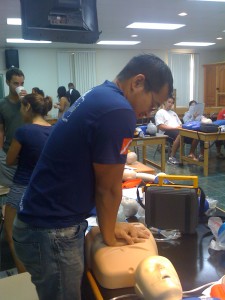
Before we start our clinical training in the states, we get trained and certified in “Basic Life Support for Health Care Providers” during our last semester of Basic Sciences here at AUC. The class was quite long, lasting from 8am to 3pm, with a 1 hour lunch break in between. With mannequins, masks, air pumps, and defibrillators laid out in front of us, we learned all about how to give CPR, Heimlich maneuver, and use the AED for adults, children, and infants. Afterwards, we took a written exam and then a practical exam where we were given different emergency scenarios in which we had to use our newly acquired skills. Although I really didn’t think we needed 6 hours to learn all this, I still thought it was a fun experience, being there with my friends, trying to save the lives of pulse-less mannequins together.
This isn’t my first time learning CPR. I had previously been certified a few years ago during pre-med with Red Cross in “Adult CPR w/ AED”, but my certificate has long expired, and not sufficient for that required by hospitals. This time, the CPR course we take at school is geared towards health care professionals. Our certificates are issued via the American Heart Association and lasts 2 years.
Here are some fun facts about CPR:
- Only about 10% of people who do receive CPR survive. That may sound bleak, but at least it’s better than 0%. Yeah, it’s not like the way they portray it in the movies.
- As a health care professional, apparently, direct mouth-to-mouth rescue breathing leads to lawsuits and is therefore a big no-no. Personally, I don’t think it’s right to sue someone for saving your life. But anyway, we must always use a mask to do the rescue breathing, and if we don’t have one around, we just do chest compressions only.
- When I took CPR a few years back, they taught us 25 chest compressions per 2 rescue breaths. Now, they’ve revised the rules to become 30 compressions per 2 breaths.
- CPR must be performed at around 100 chest compressions/minute, roughly the same as the beat to the classic song “Another One Bites the Dust” by Queen. Just make sure not to sing out loud when you’re doing it in an emergency situation!
**UPDATE 6/21/2012**
Today, I got to do my first CPR on a real patient in clinicals during an ER shift on my IM rotation. The patient came in by ambulance after she collapsed at home. I had seen her previously just a month before in which complained of shortness of breath from exacerbation of end-stage COPD. This time the ambulance brought her in and she was not breathing on her own and lacked a pulse. The nurses, me, and my classmate took turns performing CPR on her, occasionally stopping to check for a pulse. After 30 minutes of trying to revive her, she remained pulseless and her EKG remained flat. There was nothing more we could do and so the doctor pronounced her dead. Her daughter went into the room to spend some alone time with her mother, and burst into tears. It was difficult to watch and I felt so bad for her. Five minutes later, her daughter suddenly rushed out of the room and reported that the EKG started up again. Sure enough, there it was… she had a heart beat and her pulse was back! It was a miracle. The medical crew, without further hesitation, burst into the room to hook her back up onto the machines again, trying one more time to bring her back for good. My attending said that he hadn’t seen a case like this in over 20 years in which a patient revives after being pronounced dead, especially after five minutes. A possible explanation is that the medications that boost up her heart had finally kicked in. Although the patient is alive again, it may be likely that she suffered extensive brain injury (from lack of oxygen between the time of her collapse and the ambulance arriving, which took 6 minutes) and may live the rest of her life in a persistent vegetative state. I’m not sure how much my CPR helped her, but I’d like to think it did something to keep her alive.

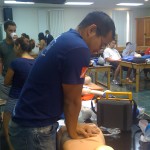
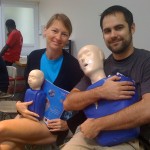
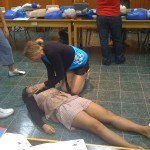
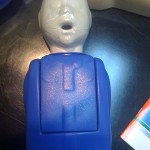
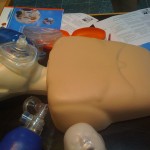
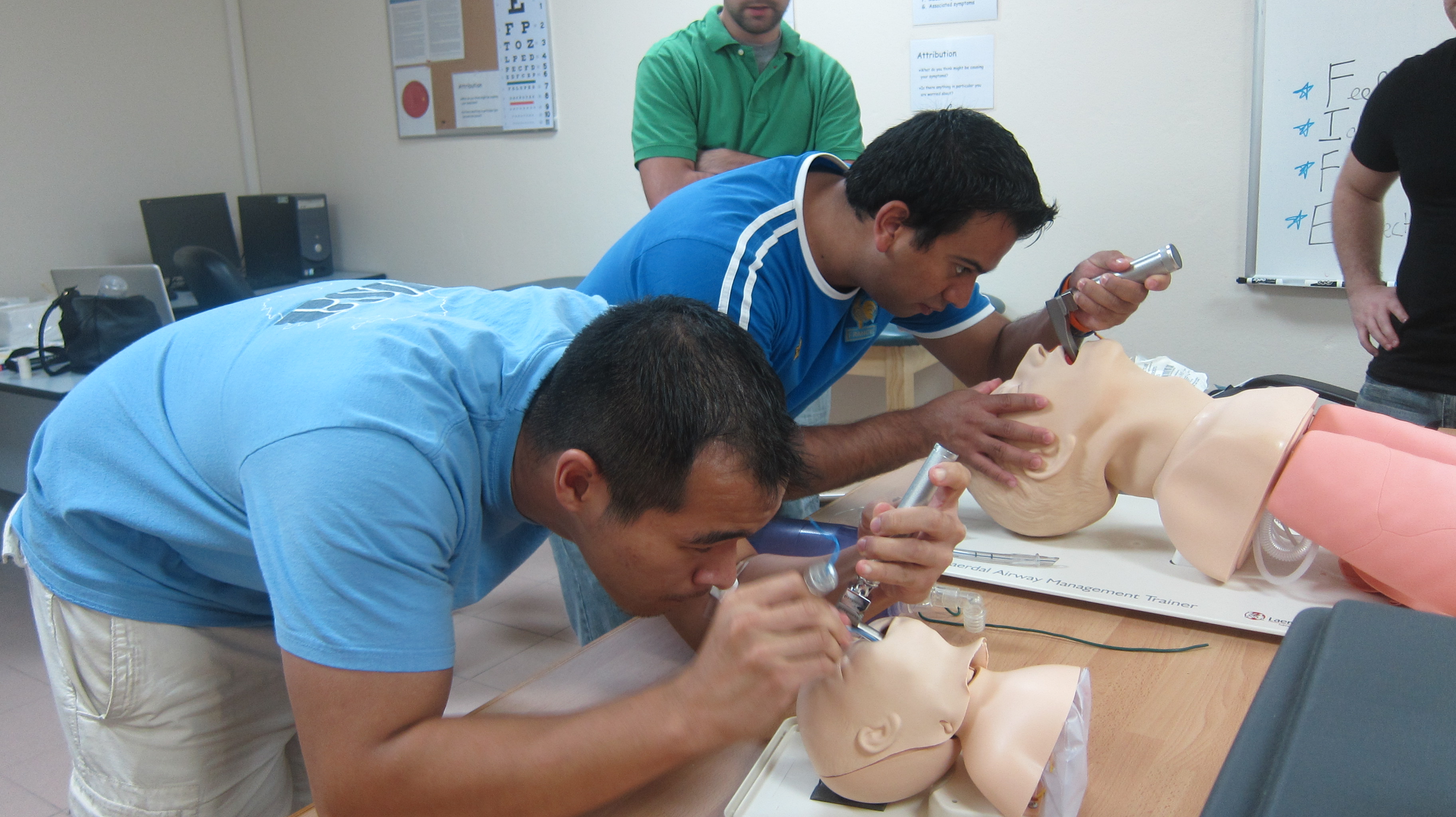

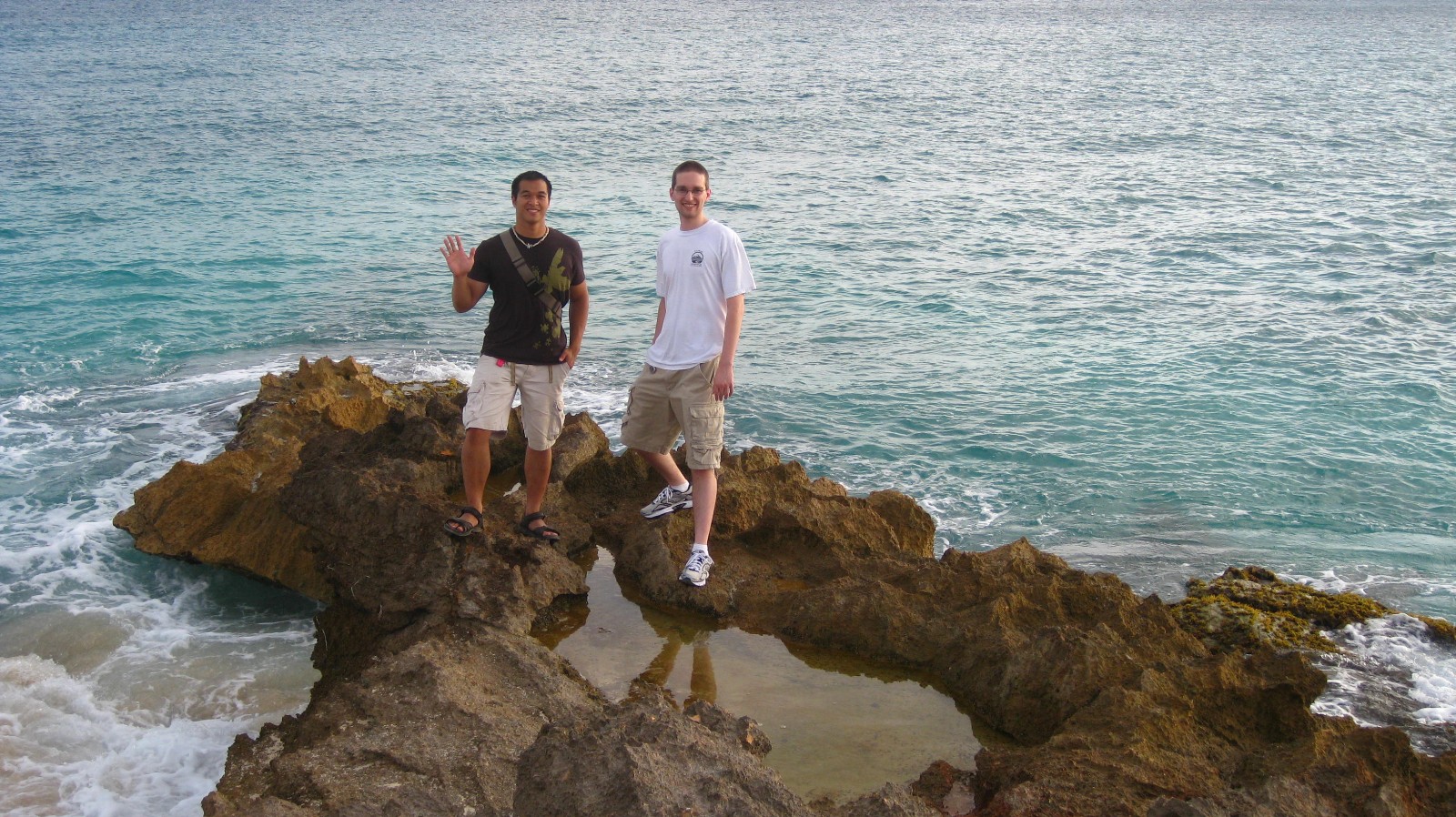








Now I have “Another One Bites the Dust” stuck in my head. That’s a interesting tidbit to remember though. I’d probably do something dumb like start humming it during compressions since I can’t sing. haha!
Do students take ACLS prior to clinical training?
Well, we’re required to take BLS prior to clinical training.
If you want a more appropriate song to do compressions to, “Stayin’ Alive” is another song that follows that beat. Ah ah ah ah stayin alive, stayin alive…..
Also, in a health care setting with masks available, a bag-valve mask is the better option for both the patient (high % oxygen can be administered) and the provider (no emesis in the mouth haha). However, it’s my understanding that outside of clinical situations (such as an arrest in a public place) people are protected against lawsuits by the Good Samaritan Law.